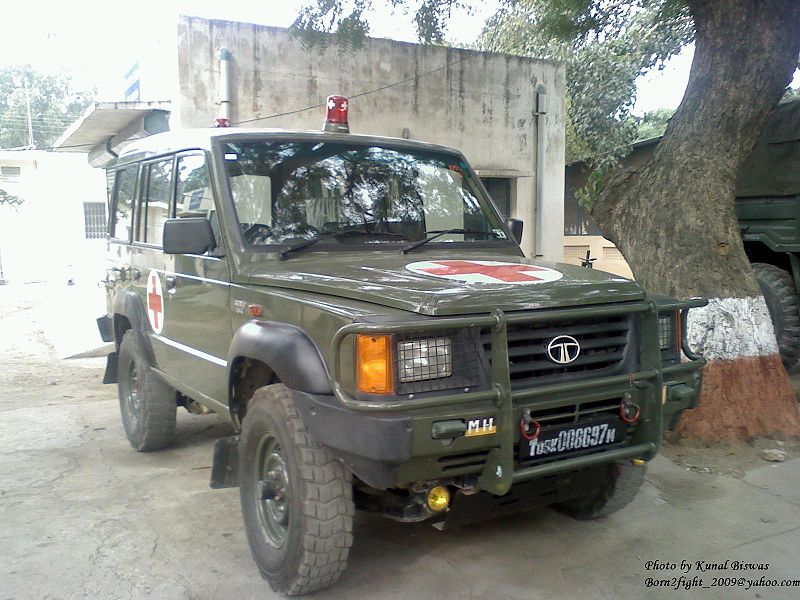The Army had started adding armor to its High Mobility Multipurpose Wheeled Vehicle, or HMMWV, years before Operation Iraqi Freedom. The armament carrier and TOW missile carrier members of the HMMWV family, among others, had been technically armored when they were introduced, with supplemental armor added soon there after. The armor level of these vehicles protected to some degree, but mostly from shrapnel and some small arms fire. Other variants in the family did not even have this level of armoring. Results of survivability subtests conducted on the HMMWV showed the following survivability features: the ballistic grill deflected several fragments and protected the radiator; the position of the radiator in the vehicle presented less of a target to detonation from the front (but not from aerial bursts); and the windshield was not penetrated. The ballistic fiberglass in the body appeared to offer little protection, while the windshield offered better protection. Tires remained the most vulnerable part of the vehicle. The standard tires on the vehicle were a run-flat type, having a magnesium inner liner. There was no spare tire on the vehicle. Flats had been driven up to 20 km before failure.
Post-Cold War requirements for light scout vehicles and US participation in peace enforcement operations in Somalia, notably the events of 3 October 1993, prompted the development of an armored armament carrier variant of the HMMWV family, based on the A1 series of vehicles. Up-armor kits were developed for the HMMWV to improve ballistic protection and resistance to mine blast. The resulting armored variant, designated the M1109, subsequently served in Haiti, Somalia, and in the early phases of US operations in the Balkans.
The land mine hazards in Bosnia, plus the patrol requirements and terrain requirements, led the Army Tank-Automotive and Armaments Command (TACOM) to contract with O'Gara-Hess and Eisenhardt, then a component of the Armor Holdings Company's Mobile Security Division in Fairfield, Ohio, to produce armor for an "up-armored" HMMWV variant. The vehicle was based on the Expanded Capability Vehicle M1113 and was subsequently designated the M1114. This version of the HMMWV quickly became the vehicle of choice for operations in that relatively benign AO due to its increased mobility and lowered maintenance needs relative to tracked vehicles. Requirements in Bosnia and Kosovo did not seem to require logistical and other "soft-skinned" vehicles be similarly "up-armored." The up-armored M1114 weighed about 2,000 pounds more than the standard HMMWV and included 200-pound steel-plated doors, steel plating under the cab and several layers of bonded, ballistic-resistant glass to replace zip-up plastic windows.








 Gurkha
Gurkha 

